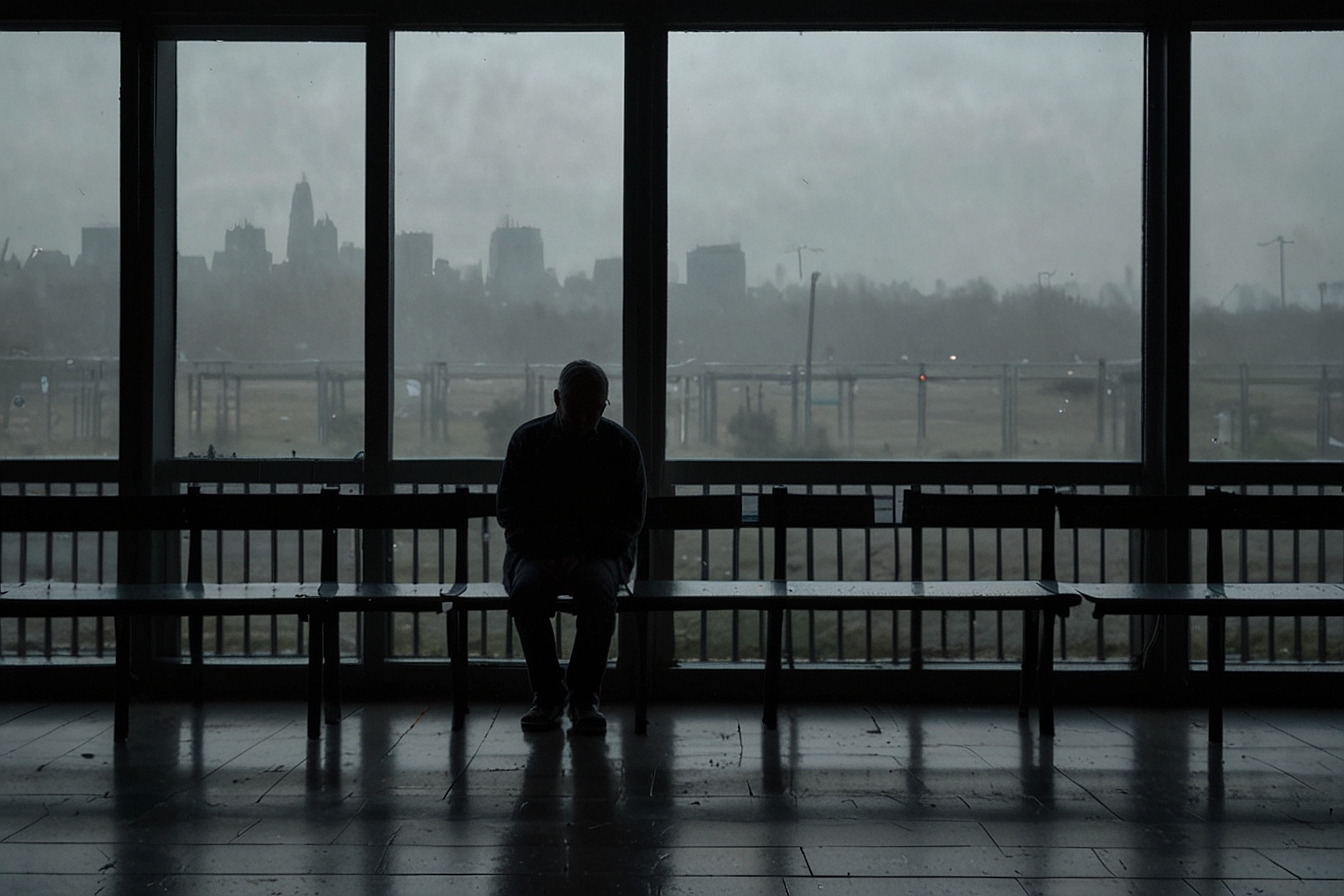Even though people surround you, try to imagine feeling completely alone each morning. You yearn for someone to talk to, to share your thoughts and feelings with, but there’s no one there. The isolation slowly chips away at your spirit, day after day.
This is the reality for far too many people in our modern world. Despite the multitude of ways to connect with others – social media, texting, video calls – true social connection remains elusive. We may have hundreds of online “friends,” yet still feel profoundly lonely.
As a society, we’re just beginning to understand the serious health consequences of social isolation and loneliness. It’s not just a social issue but a public health crisis. New research from the World Health Organization across 20 countries sheds light on this silent epidemic and its devastating impact on our physical and mental well-being.
The findings are alarming – social isolation increases the risk of premature death by 26%, an effect on mortality risk comparable to well-established factors like smoking and obesity. It also raises the likelihood of developing conditions like heart disease, stroke, and pneumonia. The burden falls disproportionately on certain groups, like the elderly, the unemployed, and those with less education.
Perhaps the most alarming trend is that social isolation is spreading more quickly thanks to aging populations, a decline in extended family households, and rapid urbanization. The very structure of our modern lives is driving us further apart, even as we understand more than ever how much we need each other.
This is a complex problem with no easy solution. However, the first step is raising awareness of this hidden hazard to health and sparking the conversations and social initiatives needed to reconnect our fraying communities. The antidote to isolation is a connection, one caring interaction at a time. We can build a healthier, happier, and more connected world by rebuilding our social bonds.
II. Overview of the WHO Study
- Scope: The study included 119,894 community-dwelling middle-aged adults from 20 countries, including high-income, middle-income, and low-income nations on five continents.
- Participants: The study population consisted of 119,894 community-dwelling middle-aged adults. 31.9% (n=37,863) were from low-income countries, 52.9% (n=62,855) from middle-income countries, and 15.2% (n=18,046) from high-income countries.
- Objective: The main objective was to examine the association between social isolation and various health outcomes, including mortality, incident cardiovascular disease, and other conditions, across diverse populations and country income levels.
The study leveraged the power of the large, global Prospective Urban Rural Epidemiology (PURE) cohort to provide novel insights into the health impacts of social isolation in different socioeconomic and cultural settings worldwide.
https://gh.bmj.com/content/bmjgh/6/3/e004124.full.pdf
III. Key Findings
A. Social isolation is more common in certain populations

- More prevalent in middle-income and high-income countries compared to low-income countries
- Higher in urban areas than rural areas
- More frequent in older individuals, women, those with less education, and the unemployed
B. Social isolation is associated with increased mortality risk
- 26% higher risk of all-cause mortality
- Consistent across country income levels
- Greater risk in men and younger individuals
C. Social isolation is linked to specific health problems
- Increased risk of stroke (23%), cardiovascular disease (15%), and pneumonia (22%)
- No significant association with cancer
D. Potential mechanisms
- Unhealthy behaviors and baseline comorbidities may account for 1/5 of the increased mortality risk
- Possible direct effects on immune function and inflammation

The WHO study highlights that social isolation disproportionately affects certain populations, with those in higher-income countries, urban areas, and disadvantaged groups being at greater risk. The findings also underscore the substantial impacts of social isolation on mortality and morbidity across diverse global populations. Potential pathways may involve both behavioral and biological mechanisms. These results emphasize social isolation as an important determinant of health that warrants attention from individuals, healthcare providers, and policymakers alike.
IV. Implications
A. Social isolation is an important risk factor for premature death globally
The WHO study underscores that social isolation is a significant predictor of mortality across diverse populations worldwide, with an effect size comparable to established risk factors like smoking and obesity. This positions social isolation as a critical determinant of health that warrants attention on a global scale.
B. Need for targeted strategies to mitigate adverse effects, especially in aging populations
Given the disproportionate impact on older individuals and disadvantaged groups, interventions should be tailored to reach those most at risk. Strategies may include community programs, support services, and initiatives to foster social engagement among vulnerable populations. Companion animals may also provide social support for isolated older adults, but the benefits should be weighed against potential challenges.
C. Importance of social support programs and interventions
Effective interventions often involve group activities, active participation, and a theoretical basis. More well-conducted studies are needed to strengthen the evidence base for social isolation interventions. Clinical recommendations and referrals should be evidence-based and personalized to individual needs and preferences.
Addressing social isolation requires a multi-faceted approach that engages individuals, healthcare providers, community organizations, and policymakers. By prioritizing social connection and support, we can mitigate the adverse health impacts of isolation and enhance well-being for people of all ages. The UN Decade of Healthy Ageing (2021-2030) provides an opportunity to tackle this pressing issue globally.
V. Conclusion

A. Recap of the global impact of social isolation on health
The WHO study provides compelling evidence that social isolation is a significant risk factor for premature death and adverse health outcomes across diverse populations worldwide. The findings underscore the importance of social connection as a fundamental human need and a key determinant of physical and mental well-being.
B. Call to action for individuals, healthcare providers, and policymakers to address this public health issue
Tackling the global burden of social isolation requires a coordinated effort from all sectors of society. At the individual level, we can all take steps to nurture our social relationships and reach out to those who may be isolated. Healthcare providers should assess patients’ social needs and provide appropriate resources and referrals. Community organizations can implement evidence-based programs to foster social engagement and support.
Policymakers are critical in creating age-friendly environments that promote social inclusion and participation across the life course. This includes investing in infrastructure, transportation, housing, and community services that enable people of all ages to stay connected and engaged. By prioritizing social connections, we can build a healthier, happier, and more resilient world.
The WHO study is a wake-up call to action on the profound impacts of social isolation on global health. We heed this call and work together to build a more connected and caring society for future generations.







Leave a Reply